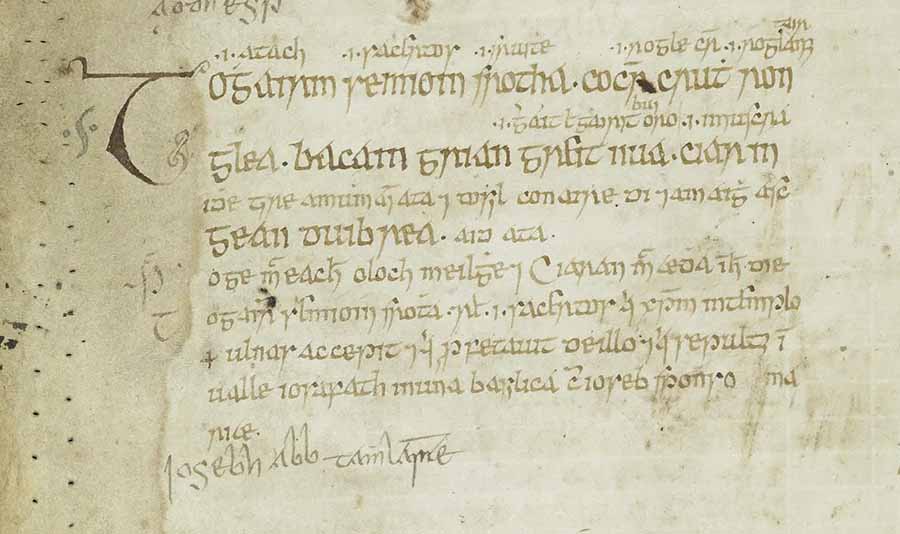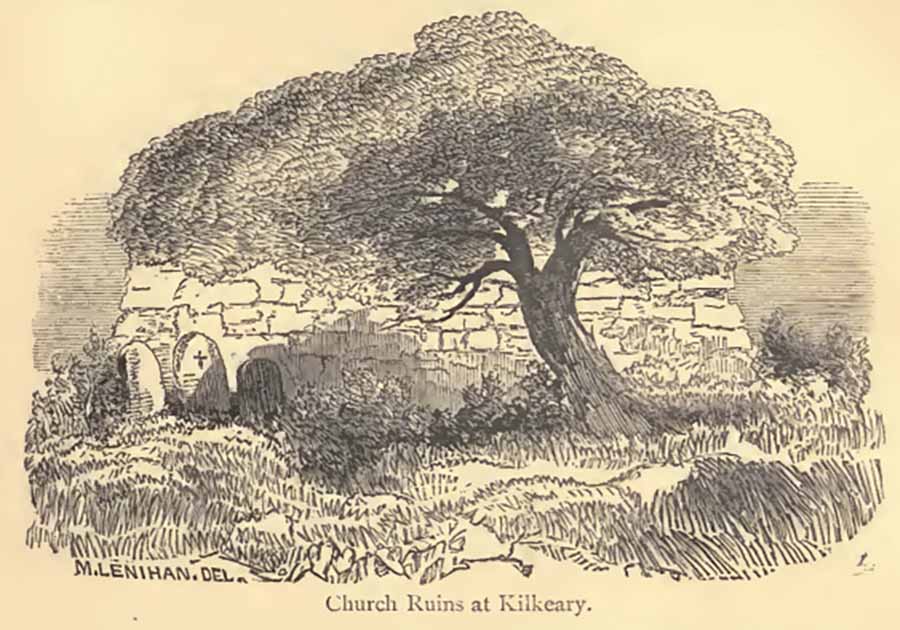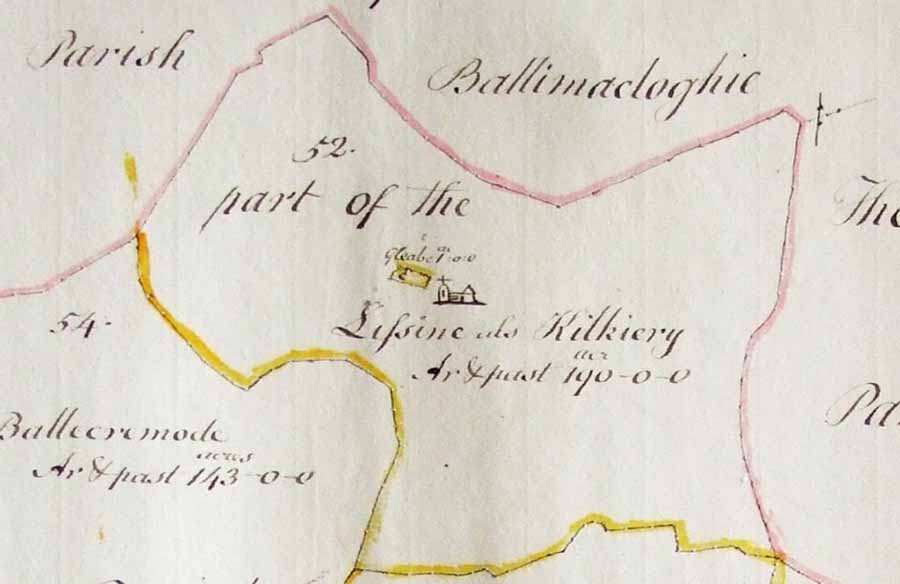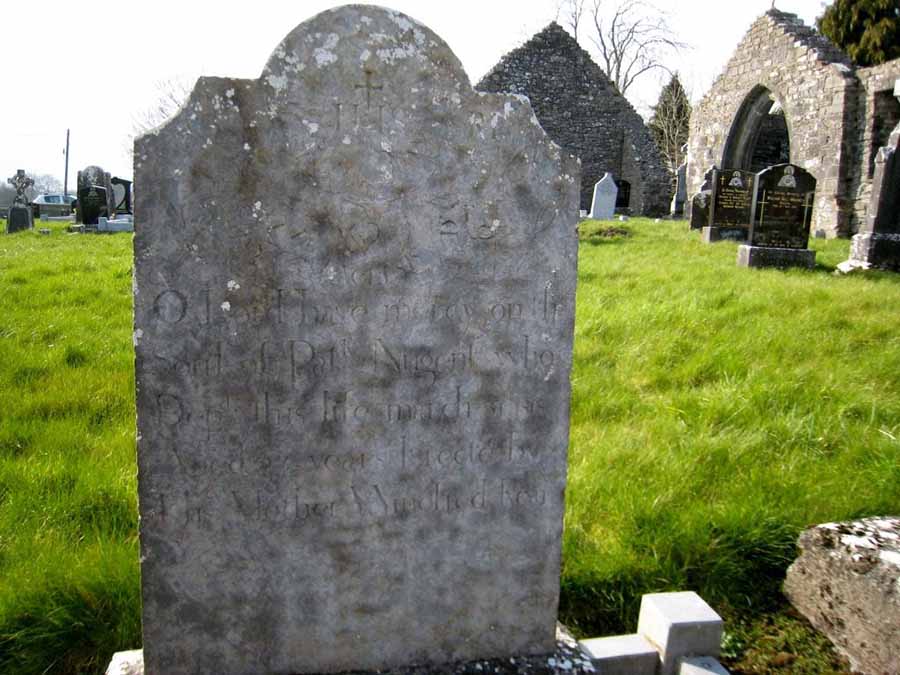
- Kilkeary, County Tipperary – Kilkeary, south east of Nenagh, is reputed to be the place where Saint Ciara died on January 5th 679. She is thought to have spent her last years here. Kilkeary church is considered to be built on or near the site of a nunnery founded by her.
- The Ormond way hiking trail (85.8km / 53.3 miles) from Milestone to Portumna – Muscraidhe Thire or Ur-Mhumhain, translated as “Ormond” by 1328, was the birthplace of saint Ciara (Ciar ingen Duib Réä), but it is unclear exactly where. The kingdom straddled the eastern part of Munster, modern county Tipperary alongside parts of counties Kilkenny and Waterford. Two baronies, Ormond Upper and Ormond Lower, are named after the kingdom, which was ruled by the O’Kennedy’s from Nenagh Castle. It was later usurped by to the Butlers (and even, for a time, by Anne Boleyn’s father). The Butlers based themselves in Kilkenny Castle and became Dukes of Ormonde (with an added e) between 1660 and 1715, the most prestigious title available from the colonial regime.
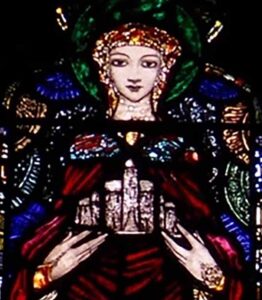
- Tihilly (Loughaun Cross) near Durrow Co Offaly – Tihilly ecclesiastical site includes a church, high cross, and two cross slabs. Described as bold and assertive, Saint Ciara negotiated with St. Fintan for the site at Tihilly to establish a second nunnery., and the site saw the presence of both men and women in religious practice. Tihilly served as a centre of education and spirituality, producing manuscripts akin to the ‘Book of Durrow’ and training missionaries. It functioned as a religious community primarily from the 7th to the 10th century. Chronicles like the Annals of the Four Masters and the Annals of Clonmacnoise mention various notable figures associated with Tihilly, including chief scribes and abbots from 670 to 936. Ciara apparently returned to Kilkeary, where she died in 679.
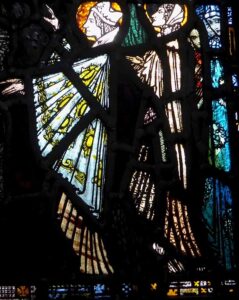
- Dromineer – Associated with one of Ciara’s cousins, a small picturesque village located on the shores of Lough Derg, in County Tipperary known for its scenic beauty, with a marina, lakeside parks, and historical features including an old tower and castle ruins. It isa popular spot for boating, fishing, and other water-based activities and offers a quiet, peaceful environment.
- Toomevara – Often simply referred to as Toome, associated with another of Ciara’s cousins, is a village in North Tipperary. Toomevara is known for its sports facilities and teams, particularly in hurling.
- Killylaughnane – A townland north of Nenagh, associated with a cousin of St Ciara.
- Carrickmacross, County Monaghan – A window devoted to St Ciara in St. Joseph’s Church, Carrickmacross by renowned stained glass artist Harry Clarke was completed in 1925
In the 1345 years since she died, Ciar ingen Duib Réä has been translated as Ceara, Cera, Chera, Chier, Ciar, Ciardha, Cier, Cyra, Keira, Keara, Kiara or Kiera. There seems to be a confusion of at least one other saint in accounts of her wonder tales in the ancient texts.
She shares a feast day with Simeon Stylites, the Syrian Christian ascetic, who achieved notability by living 37 years on a small platform on top of a pillar near Aleppo (in modern Syria). This is indicated in the Martyrology of Oengus in An Lebar Brec, (the Speckled Book), with a verse that suggests that saint Ciara died while still young:
- Togairm Semeoin srotha
- co Críst, cruth ron-gléä,
- ba cain-grían, greit núa,
- Ciar ingen Duib Réä.
- Called by saint Simeon, aesthete,
- To Christ of endless purity;
- A new effervescence, a gentle sun
- Was Ciara, the daughter of Duibhrea
